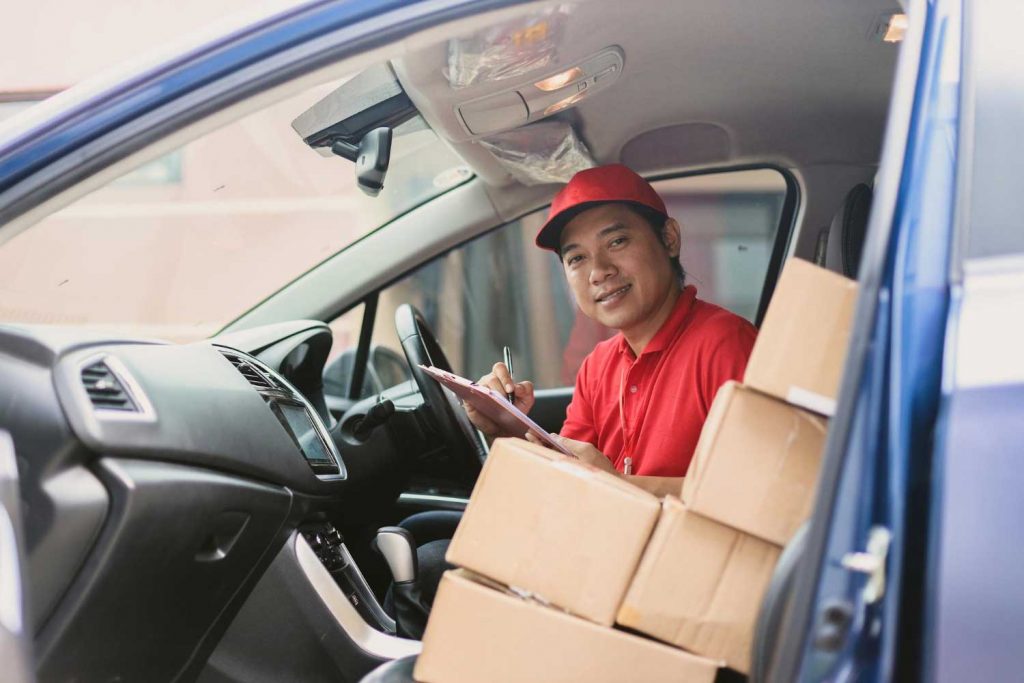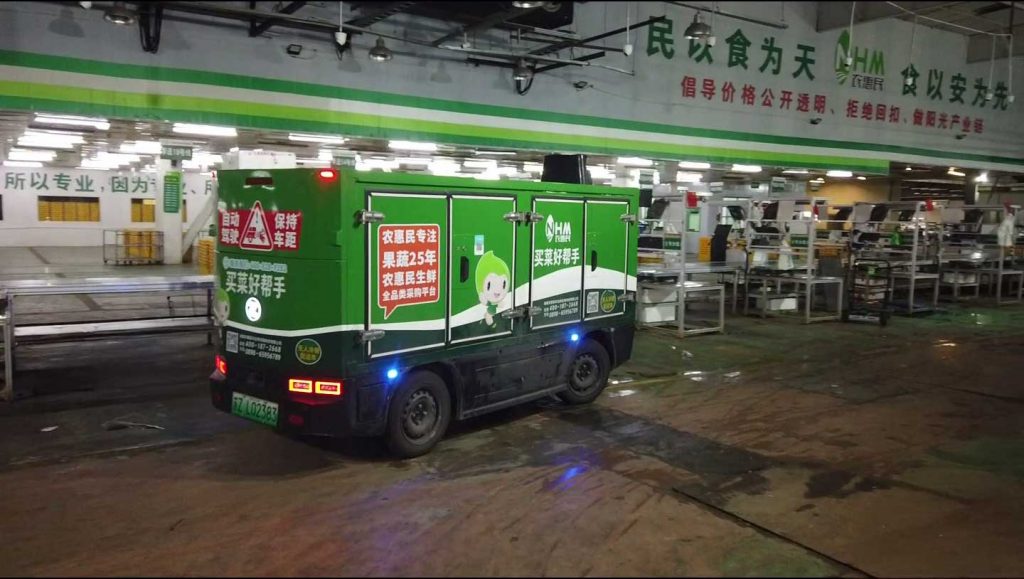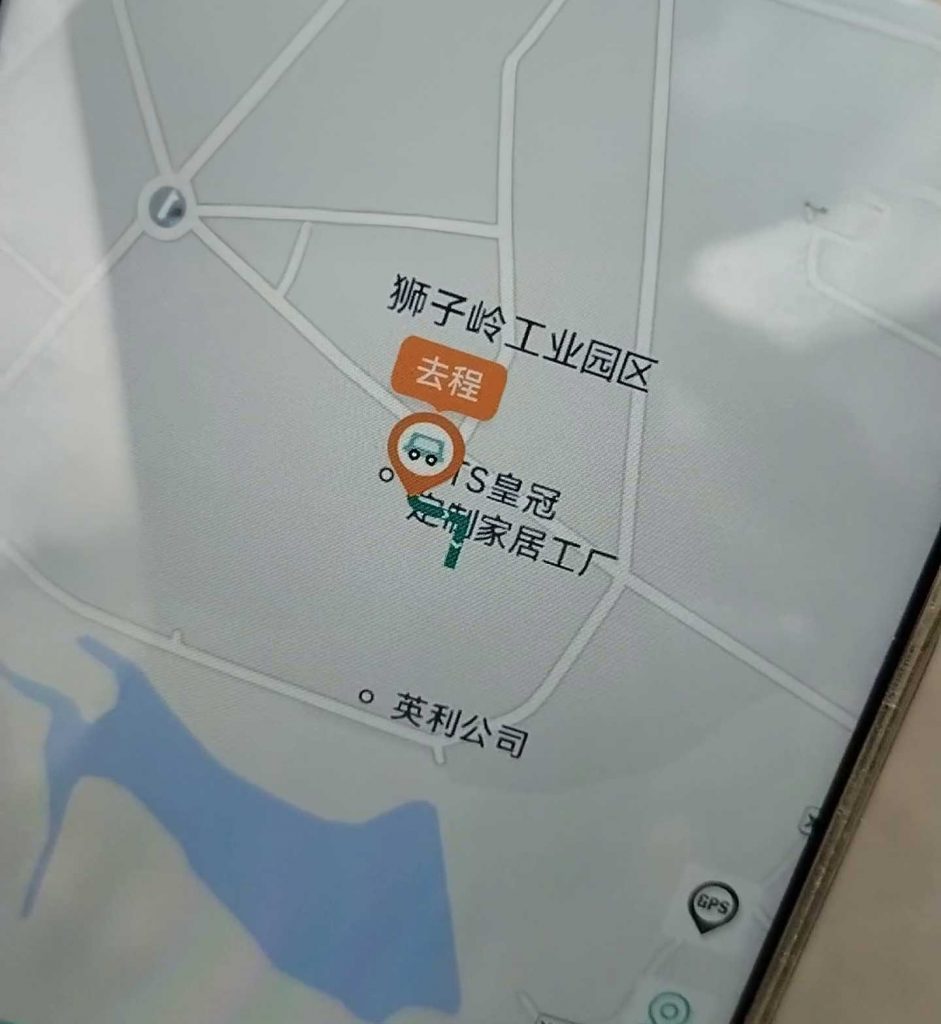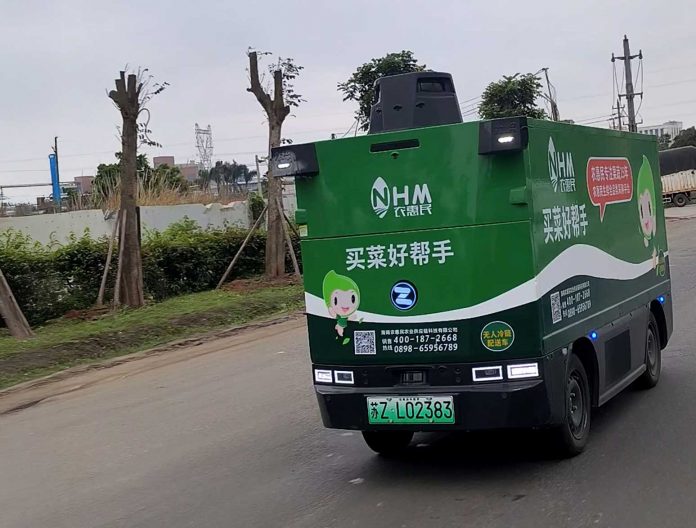Unmanned Intelligent Delivery Vehicle Hits the Streets in Haikou
The introduction of an unmanned intelligent delivery vehicle, capable of traveling over 100 kilometers a day, signals a transformative shift and what could become the future of Haikou urban logistics. With advanced features such as integrated sensors, real-time route tracking via mobile apps, and remote operation capabilities, the vehicle not only streamlines last-mile delivery but also enhances operational efficiency and cost-effectiveness.
last-mile delivery expenses can account for between 28% to over 50% of costs

Last-mile delivery often represents a disproportionately large portion of total delivery costs. While long-haul or trunk transportation benefits from economies of scale, (moving large volumes over fixed, optimized routes), last mile delivery involves navigating congested urban environments, making individual stops for each delivery, and accommodating unpredictable conditions such as traffic and consumer availability.
These factors result in a more fragmented and labor-intensive process, which can push last-mile expenses to account for somewhere between 28% to over 50% of overall logistics costs, depending on the market and specific operational challenges.
As businesses strive to optimize their supply chains, reducing last-mile costs has become a critical focus. Emerging technologies, such as autonomous delivery vehicles and real-time route tracking, are being introduced in Haikou City to streamline this segment by improving efficiency and reducing labor expenses. In essence, while the rest of the delivery route achieves cost efficiency through scale and standardization, last-mile delivery remains the most challenging and expensive link, one that holds significant potential for transformative improvements in the logistics industry.
Designed for urban logistics
The unmanned intelligent delivery vehicle bearing a green “Su Z” new energy license plate has attracted widespread public attention. Designed for urban logistics, the vehicle allows recipients to scan a QR code with their phones, open the compartment door, and retrieve their goods, all without human intervention.

The vehicle is owned by Hainan Nonghuimin Agricultural Supply Chain Technology Co., Ltd. (海南农惠民农业供应链科技有限公司), headquartered in the Shiziling Industrial Park of Haikou National High-Tech Zone. Internally nicknamed “Xiao Jiu,” the vehicle is primarily tasked with delivering fresh produce and groceries to supermarkets, restaurants, and canteens within Haikou.

Equipped with multiple cameras, radar systems, and laser sensors, Xiao Jiu has so far safely navigated city streets while identifying traffic signals and avoiding obstacles. According to Zhou Yuanxi, Assistant to the Chairman of Hainan Nonghuimin Supply Chain, the vehicle follows a pre-set route, delivering supplies to 20 locations daily. The entire route can be monitored in real-time via a mobile app, and in case of unexpected situations, staff members can remotely control the vehicle through their phones.
Before arriving at a destination, Xiao Jiu automatically sends a text message and a phone call to alert the recipient to pick up their delivery at a designated roadside stop.
Beyond its scheduled tasks, Xiao Jiu can accommodate additional delivery requests on demand, making it a flexible and cost-effective solution for logistics companies aiming to reduce labor costs. Currently, the vehicle has an average daily range of 100 kilometers and a top speed of 40 km/h. Since its trial operation began three months ago, it has maintained a perfect record with zero traffic violations.
Expanding into residential communities
According to a spokesperson, Hainan Nonghuimin Supply Chain plans to expand its fleet of unmanned delivery vehicles. As the technology continues to evolve, the company envisions integrating these vehicles into residential communities, further enhancing the convenience and efficiency of urban deliveries.
This technology not only signals a transformation in last-mile delivery logistics and supply chain sectors but also offers the promise of more intelligent, interconnected urban environments.
However, it is unlikely to be all plain sailing. While these innovations promise efficiency and sustainability, their widespread adoption will require navigating challenges such as road safety concerns, evolving labor markets, and the development of new policies to govern autonomous systems. The extent to which these vehicles integrate seamlessly into urban environments will depend on how effectively these competing factors are managed, determining whether they become a cornerstone of modern logistics or remain a niche solution with limited scalability.
Related article: Cutting-Edge 10-Gigabit Optical Network Launches in Hainan








